Interest Free Financing Up To 36 Months
WE DO NOT ONLY PUMP YOUR TANK - WE CLEAN IT!
Multiple Financing Options Are Available Up To 36 Months
Interest Free Financing Up To 36 Months
WE DO NOT ONLY PUMP YOUR TANK - WE CLEAN IT!
Multiple Financing Options Are Available Up To 36 Months
Do you have an on-site wastewater treatment system? How much do you know about your septic unit? As a homeowner, understanding the components of your septic system and how they work together allows you to troubleshoot during emergencies. The last thing you want is a minor issue escalating over time and causing devastating damage. At Septic Blue, we provide comprehensive services, including septic pumping and maintenance without breaking the bank. Additionally, our septic company in Apex, NC shares pertinent information and guidance to help you maintain an efficient and functioning septic system for many years. Here’s a basic guide on the parts of a septic system and how everything works together to process wastewater.
All your home’s plumbing, from sinks and toilets to tubs and other drains, is connected to your primary drain line. This means everything you flush or dispose of down the drain affects your septic system since everything runs to a single drain line. If you dispose of large items that take a long time to break down, they can block your main drain line and cause significant damage. With that in mind, investing in regular septic cleaning and maintenance is crucial to prevent minor clogs from growing into severe blockages.
The wastewater from your home flows into the septic tank, trapping solid waste at the bottom and directing effluent into the drain or leach field. The tank contains beneficial bacteria that break down organic solid waste into sludge for easy septic pumping. Unfortunately, homeowners rarely check what they flush or dispose of down the drains, leading to clogs and backups. If you experience slow drains and foul smells from your drains, chances are your tank is to blame. Call a septic service provider to inspect, diagnose, and resolve the problem before it worsens.
As the name suggests, the distribution box moves effluent from the tank to the leach field and ensures it is distributed evenly. The distribution box has multiple openings for septic pipes that lead to your drain field. If your distribution box malfunctions, it can cause drainfield failure due to unequal distribution of wastewater. In the case of a damaged distribution box, it is advisable to hire a septic company for accurate diagnosis and replacement if necessary.
As mentioned, effluent from your tank flows into the drain field for further treatment before it is distributed into the ground. The drain or leach field comprises different layers of soil for thorough filtration, minimizing the risk of contamination and health hazards. However, prolonged use of store-bought cleaners can saturate harsh chemicals in the soil, killing vital microbes responsible for cleansing the effluent. The best way to mitigate such scenarios is to schedule regular septic cleaning sessions with an expert. Professionals use hydro jetting equipment to blast pressurized water throughout your septic system, ensuring smooth-flowing lines from your home to the leach field.
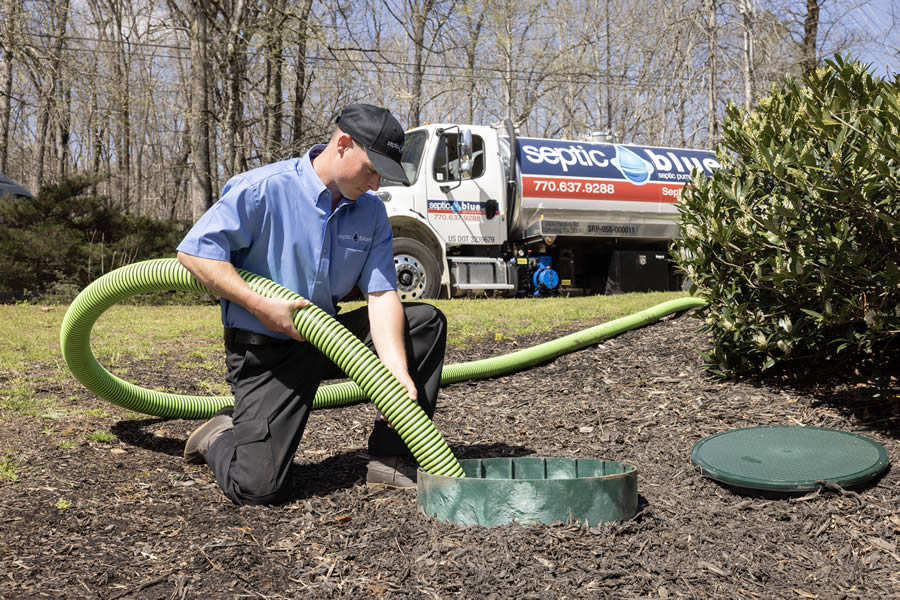
Septic tank pumping in Raleigh has never been so affordable and accessible thanks to the professionals at Septic Blue. We are…
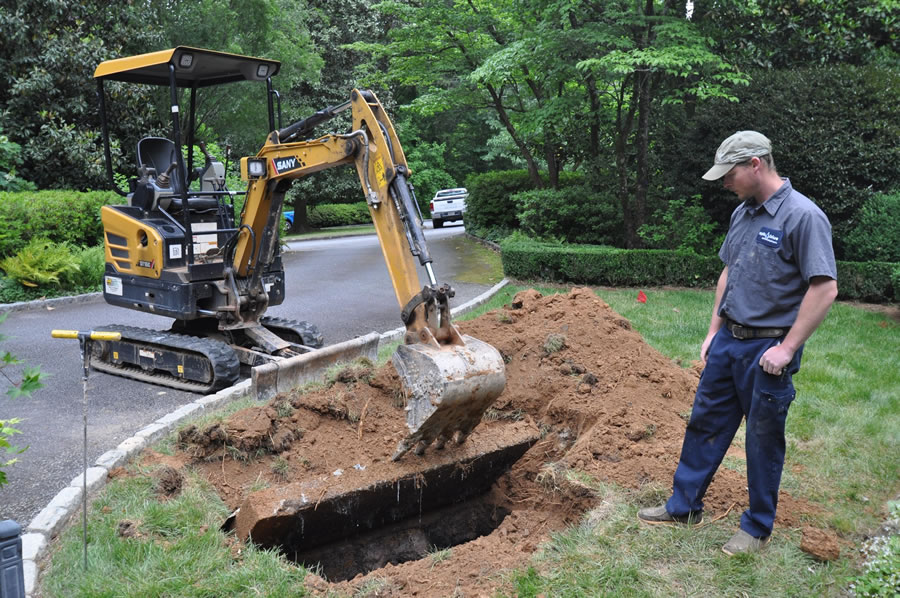
One quarter of Americans rely on septic tanks to process household waste. Most Septic Blue locations have septic tank experts who…
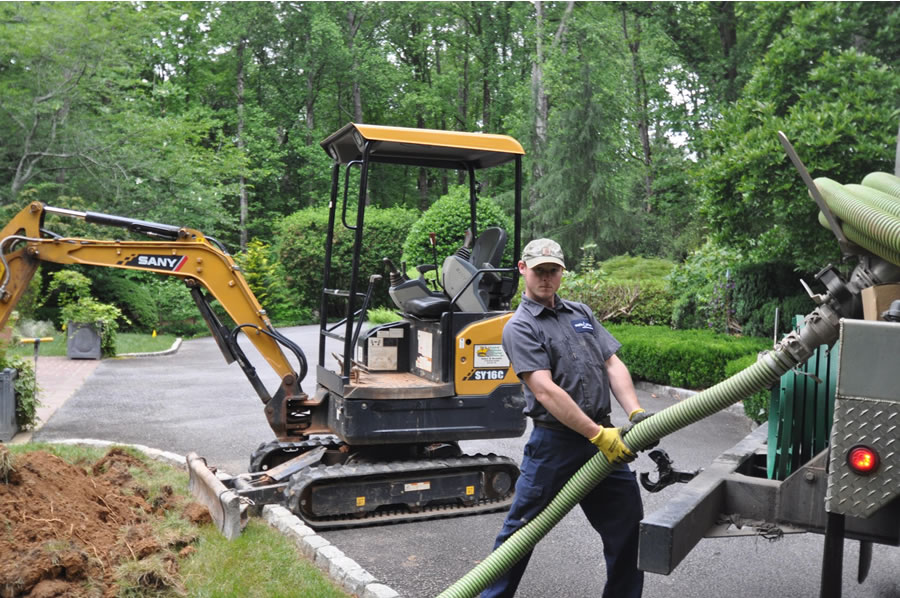
Call Septic Blue today for a second opinion. If you choose to go with Septic Blue, you'll receive $250 off your…
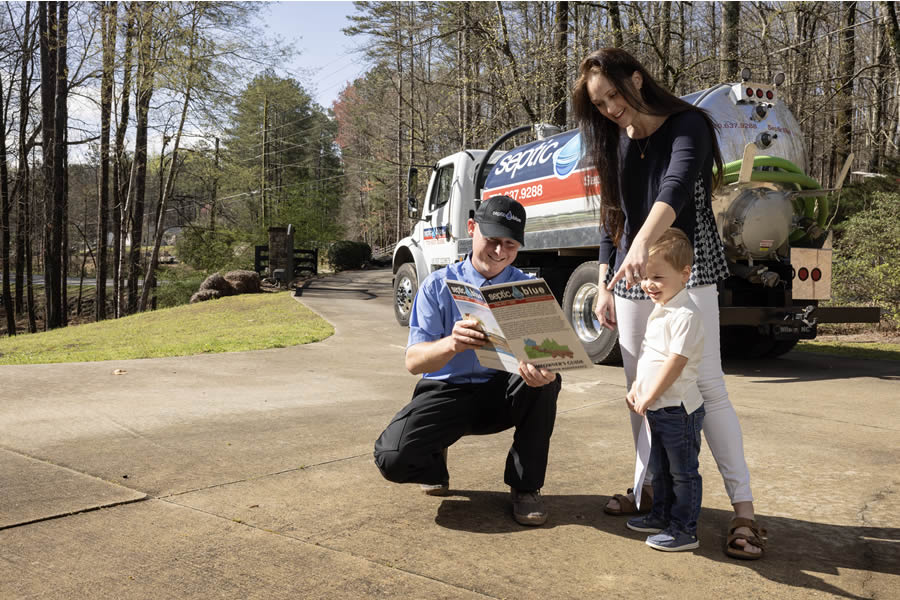
If you are a homeowner or resident in Raleigh that is among the 20 percent of households in the U.S. with…
Professional Saptic Plumbing solutions for every need. Contact Us Today!
When it comes to your septic system, taking a proactive approach is crucial to prevent nasty surprises down the line. Reach out to a trusted septic service provider to get a basic rundown of the different components of your waste management unit.
Now that you understand more about your wastewater treatment system, you can accurately troubleshoot and identify the problem. Whether you are a seasoned property owner or looking to buy your first home, familiarizing yourself with the structure of your system can help you maintain optimal efficiency and reliability. Contact us at Septic Blue and schedule a consultation with our contractors to learn more about your septic system and access quality services at competitive rates.
.webp)
Your septic system works quietly in the background, treating wastewater and keeping your home running smoothly—but its performance is more connected…
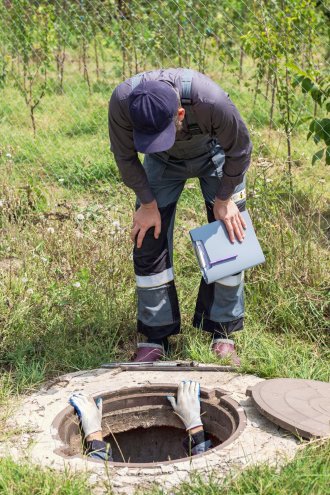
If you’ve ever heard a strange gurgling or bubbling sound coming from your sinks, toilets, or drains, it might be more…
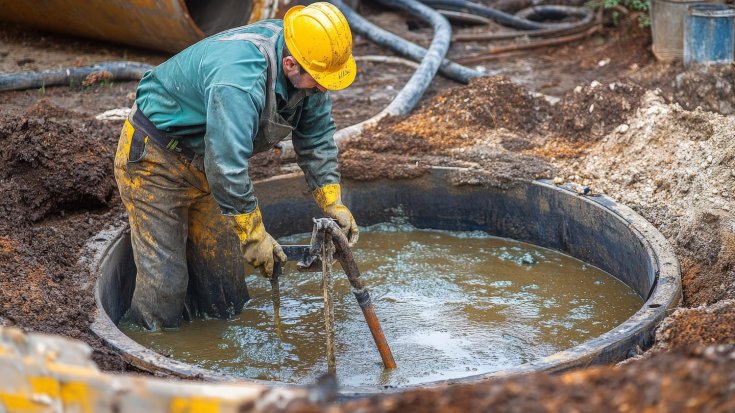
A septic backup is one of the most unpleasant and stressful issues a homeowner can experience. It occurs when wastewater from…

Many homeowners rarely think about what happens after they flush the toilet or drain the sink. Yet, the health of your…